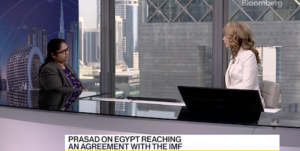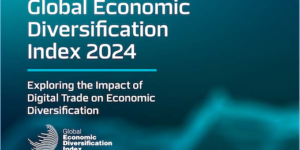Debt markets represent the leading channel of liquidity for governments, public companies, agencies and financial institutions in many advanced and emerging economies. This DIFC Economic Note 7, “Local Bond Markets as a Cornerstone of Development Strategy” examines the need for developing a local currency fixed income market as it brings multiple benefits: stable access to capital, diversification of monetary policy instruments, creation of a yield curve for pricing financial assets and tailoring risk management tools.
In most countries, the debt market is born out of the need to finance government expenditures. With time, the yield curve on public debt becomes a reference for private entities such as banks, public utilities and corporations, which are then able to tap the market to fund their investments.
The development of local bond markets requires a strong commitment from governments to implement a proactive debt management programme as well as ensure a large and diversified issuers base. Therefore, a focused issuance programme of government securities is essential to establish benchmark bonds. Governments should also encourage publicly owned companies (especially utilities) to issue similarly structured securities to provide a slate of issuers that enjoy local name recognition, thereby paving the way for private corporations to issue debt. The GCC countries are investing heavily in infrastructure, which according to estimates requires USD2.2 trillion in financing. It is both opportune and desirable to raise this financing through securities backed by future cash flows from the infrastructure services, as is typical of project financing schemes.
Although banks are the obvious buyers of bonds, since government debt is highly attractive for meeting statutory reserve or prudential requirements, authorities should encourage the development of a secondary market among life insurances, asset managers and international institutional investors. To ensure the success of the endeavour, the legal environment needs to be tailored to promote transparency, the seamless and timely flow of information, prevention of insider trading and minimal counterparty risk. As markets develop, issuances further down the credit spectrum will increase and more transparent accounting standards in accordance with International Financial Reporting Standards (IFRS) must be adopted. Another pre-requisite for the development of a healthy bond market is a flexible, interlinked, electronic registry clearing and settlement system.
Building and sustaining a vibrant capital market relies on the commitment of long-term stakeholders. In addition to the government and the central bank, market makers, in their capacity as liquidity providers, are essential to ensure an active secondary market, particularly during a hiatus in primary market issuance. Finally, creating a robust framework for creditor rights and investor protection is necessary to instill investor confidence and maintain the momentum of capital market growth.





